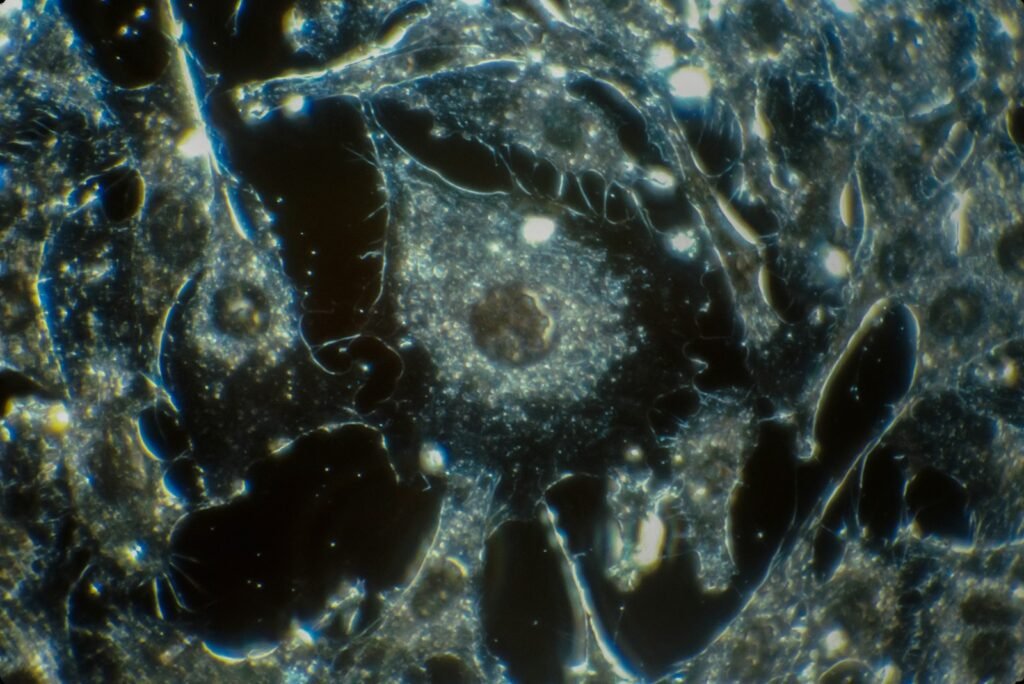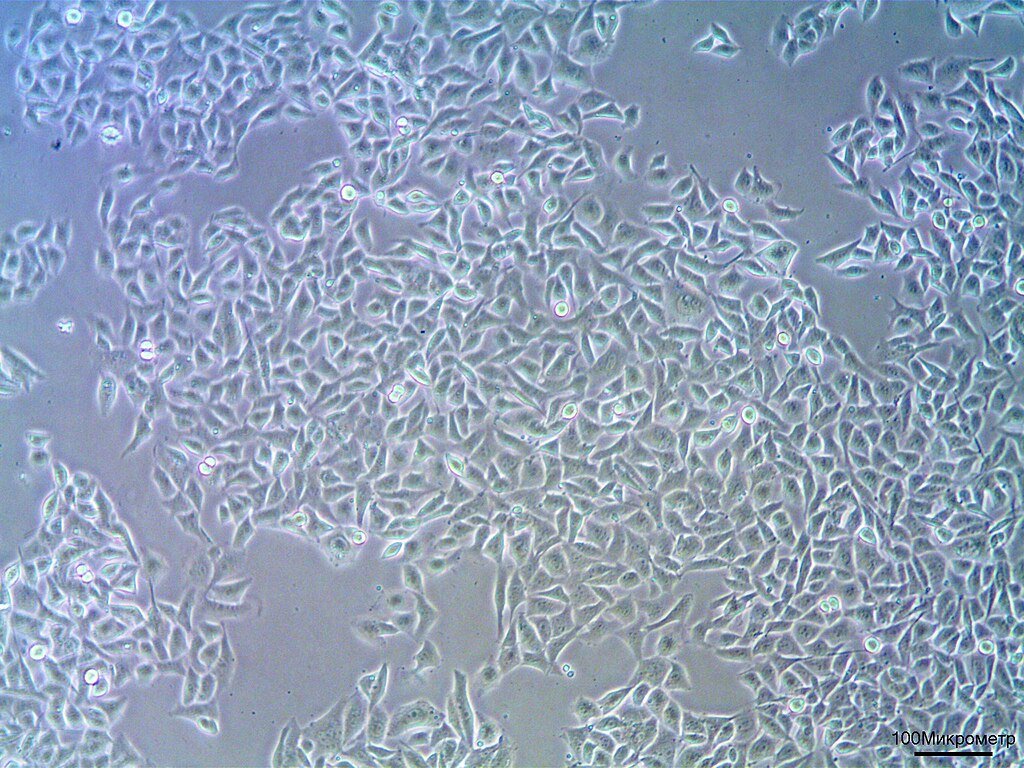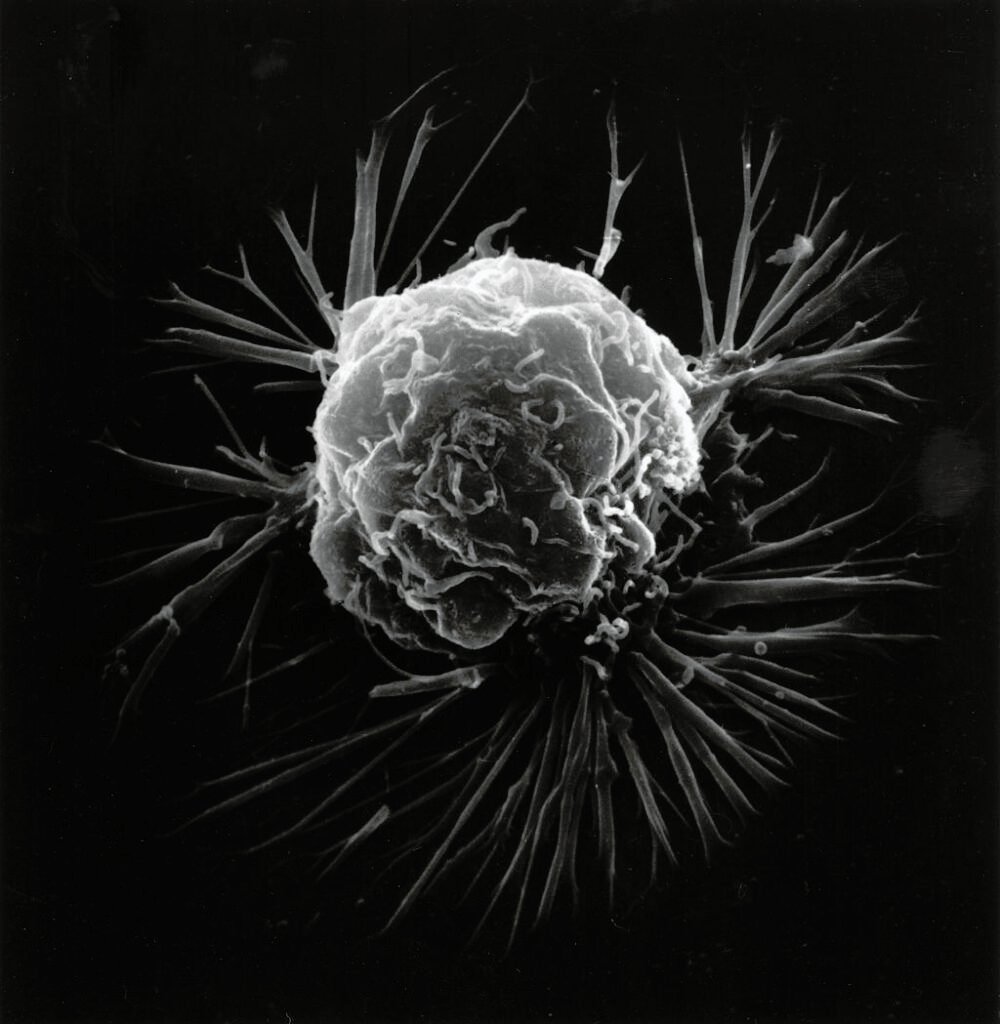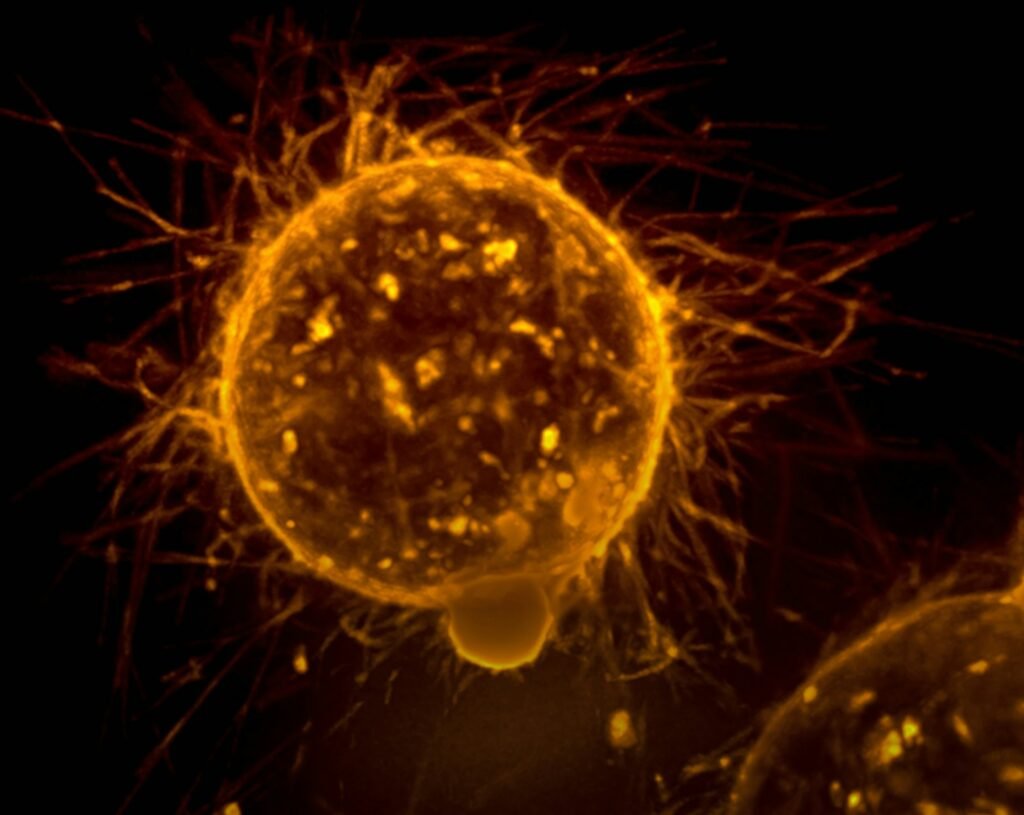A South Korean research team has accomplished what was once thought of as science fiction: reprogramming malignant cancer cells into healthy, functional tissue without chemotherapy or radiation in a ground-breaking leap for oncology Under the direction of Professor Kwang-Hyun Cho of the Korea Advanced Institute of Science and Technology (KAIST), this ground-breaking method may redefine cancer treatment by moving the paradigm from aggressive destruction to cellular redemption. Published in Advanced Science, the work presents BENEIN, a computer model for spotting and modifying the genetic “master switches” causing cancer behavior. The ramifications A time when tumors are rehabilitated rather than eradicated so sparing patients from the terrible side effects of conventional treatments.
The Flaws in Conventional Cancer Therapy

Cancer treatment has been scorched-earth for decades: poison, burn, or cutout tumors. Although they save lives, chemotherapy and radiation cause side effects including nausea, tiredness, and organ damage, so weakening immunity, and destroying healthy cells. Worse, cancer cells sometimes develop resistance which causes relapses. The financial toll is startling; U.S. cancer treatment expenses are expected to reach $158 billion yearly. Patients make impossible decisions: risk bankruptcy from treatment costs or suffer for a chance at survival. The KAIST discovery presents a seductive substitute: what if we could persuade cancer cells to stop being cancerous?
How BENEIN Works: A Digital Twin for Cellular Rebellion

Benevolent Network Inference and Control, a computational model mapping gene interactions like a cellular GPS, forms the core of this discovery. The team rebuilt a gene network of 522 components by analyzing single-cell RNA data from 4,252 intestinal cells, so modeling how cancer cells seize control of normal growth pathways. Three genes MYB, HDAC2, and FOXA2 were identified by the AI-driven system as fundamental cancer regulators.
The important realization is Silence these genes not only slowed down cancer but also set off a reprogramming cascade. While suppressing cancer drivers (MYC, WNT), treated cells started showing healthy markers (KRT20, VDR). “The simultaneous knockdown of these genes forces cancer cells to differentiate into normal-like cells,” Cho said. Unlike conventional treatments that focus on symptoms, BENEIN targets the corrupted genetic software, the root cause.
From Petri Dishes to Living Proof: Lab and Animal Results

In colorectal cancer cell lines (HCT-116, HT-29, CACO-2) and mice, the team validated BENEIN’s projections. The outcomes were remarkable:
- Triple-gene knockdown in vitro slowed proliferation by 60–80% as compared to single-gene targeting.
- Mice implanted with reprogrammed cells developed tumors 70% smaller than controls with tissue structure resembling healthy intestines.
- Gene expression profiles in The Cancer Genome Atlas matched non-cancerous tissue, so verifying the cells had “switched sides”.
BENEIN’s accuracy exceeded current instruments including SCENIC and VIPER, implying more general uses outside of oncology including immunology (T-cell activation) and neuroscience (hippocampus development).
The Road Ahead: Challenges and Possibilities
Although promising, the technology has challenges before clinical application:
- Delivery: How might MYB/HDAC2/FOXA2 be safely suppressed in humans? Possibly required are viral vectors or nanoparticles.
- Specificity: Will this treat pancreatic, breast, or lung cancers? Early statistics point to yes, although trials are still under way.
- Will reprogrammed cells stay benign or could they relapse? One needs long-term studies absolutely.
Regulatory paths have to change as well. Not rehabilitate it; current systems give drugs that kill cancer top priority. “We’re not only fighting cancer nowadays,” Cho says. “We are negotiating with it”.
A Philosophical Shift: From Warfare to Healing
This study questions our very understanding of cancer and transcends biology. Medicine presented the disease as an enemy to eradicate for years. KAIST’s method reinterpreted it as a cellular identity crisis with perhaps reversible nature. The ramifications go beyond science as well.
- Reprogramming could help to reduce treatment costs, so easing the $377 billion worldwide cancer drug market.
- Ethics: Steering clear of damage of healthy tissue fits “first, do not harm” more than chemo ever could.
- Hope: Patients might trade demanding treatments for outpatient gene therapy one day.
Conclusion: The Dawn of a New Era

Not only a technical achievement, the KAIS research is a lighthouse for a milder, smarter future in oncology. Cho says, “This has nothing to do with waging war. It’s about furnishing homes for cells. Though still difficult, the promise is clear: a world in which cancer treatment marks rebirth rather than ruin.
For further reading, see the original paper “Control of Cellular Differentiation Trajectories for Cancer Reversion,” Advanced Science: Gong et al. (2025).
Sources:

Jan loves Wildlife and Animals and is one of the founders of Animals Around The Globe. He holds an MSc in Finance & Economics and is a passionate PADI Open Water Diver. His favorite animals are Mountain Gorillas, Tigers, and Great White Sharks. He lived in South Africa, Germany, the USA, Ireland, Italy, China, and Australia. Before AATG, Jan worked for Google, Axel Springer, BMW and others.



